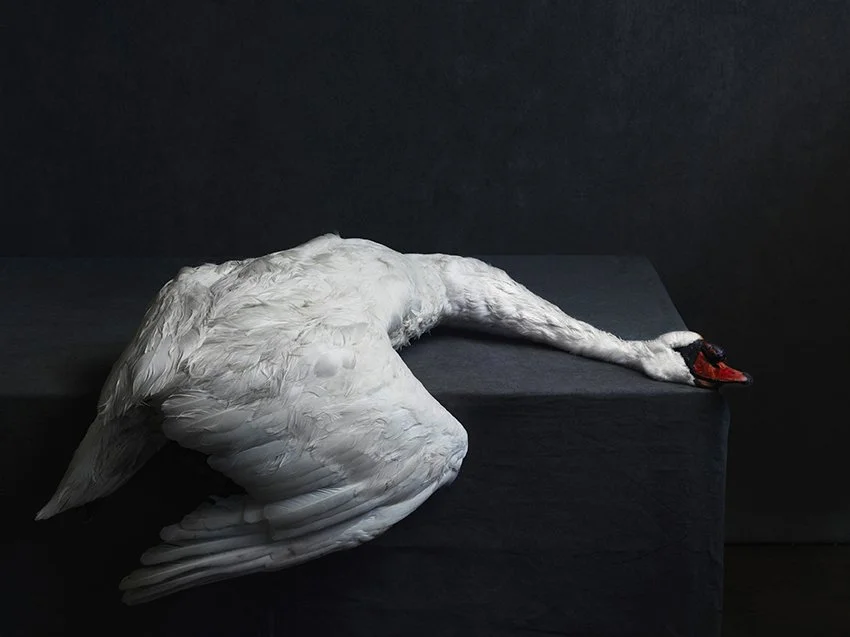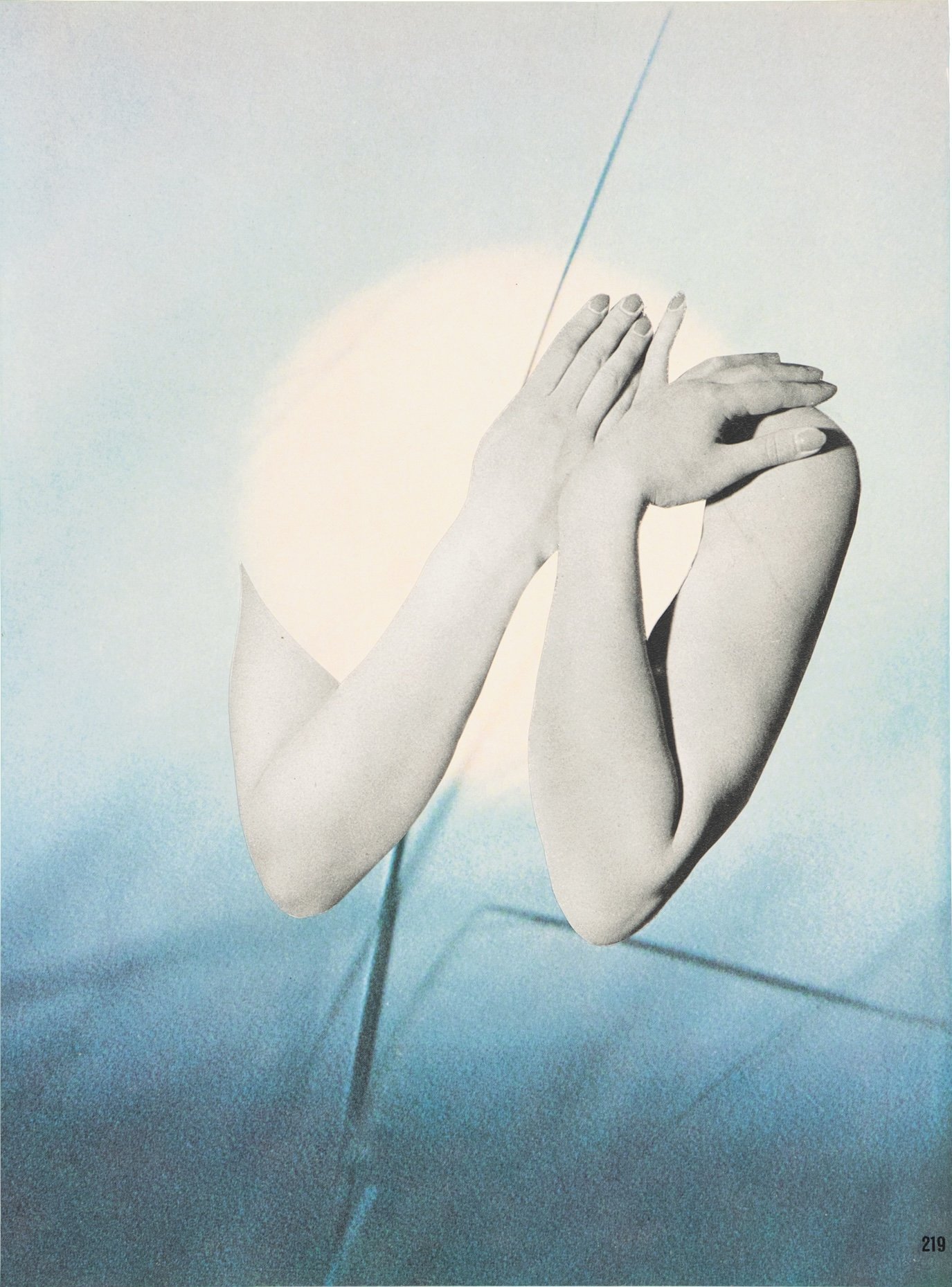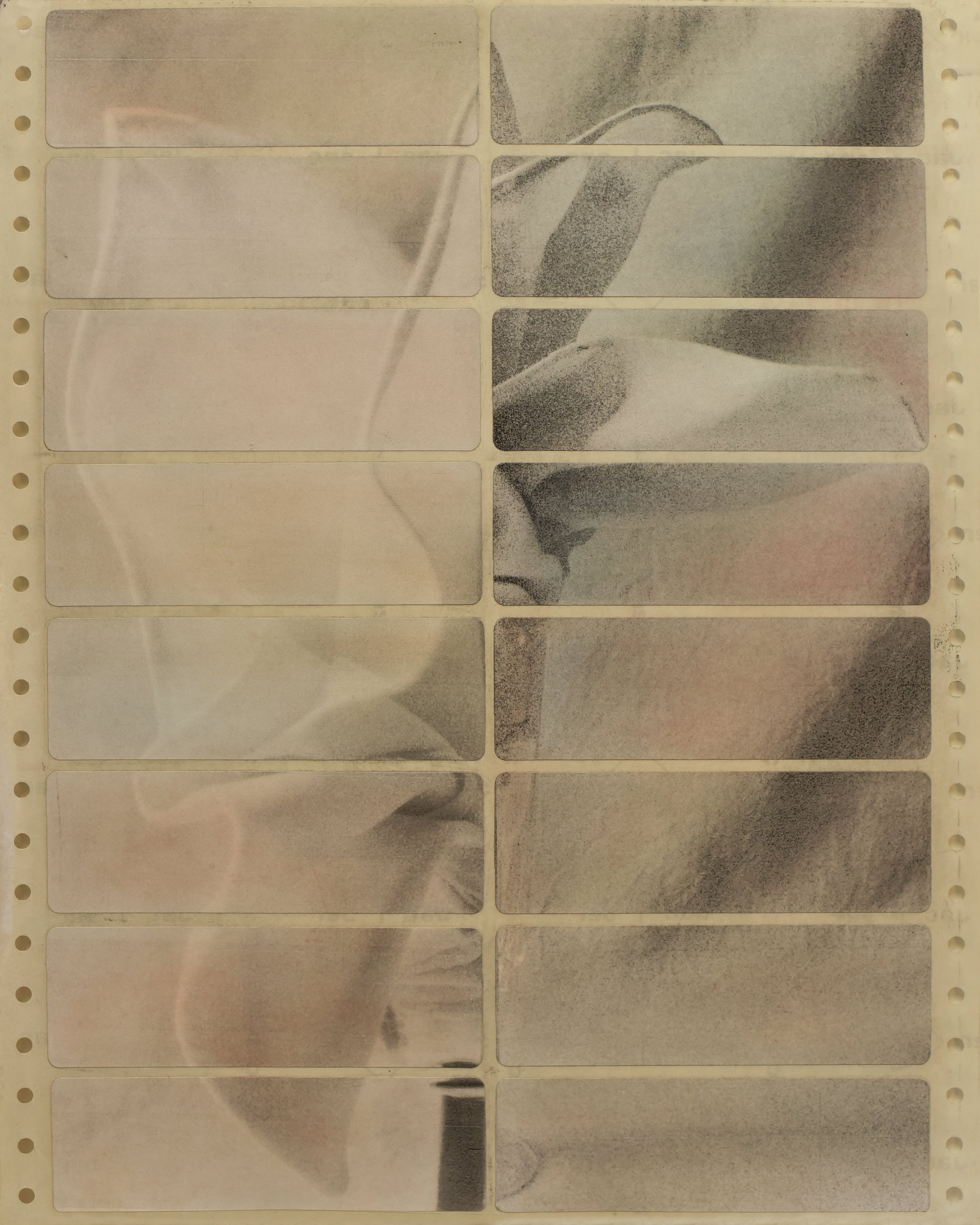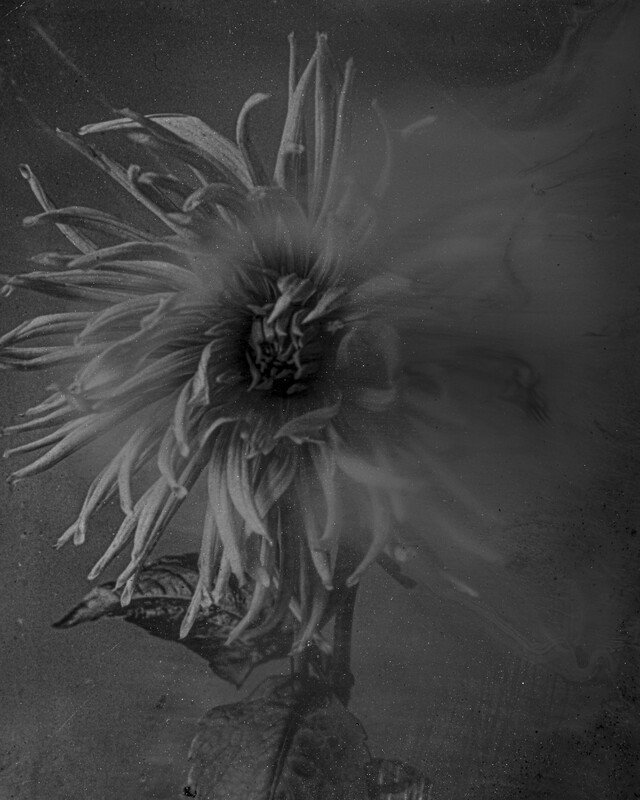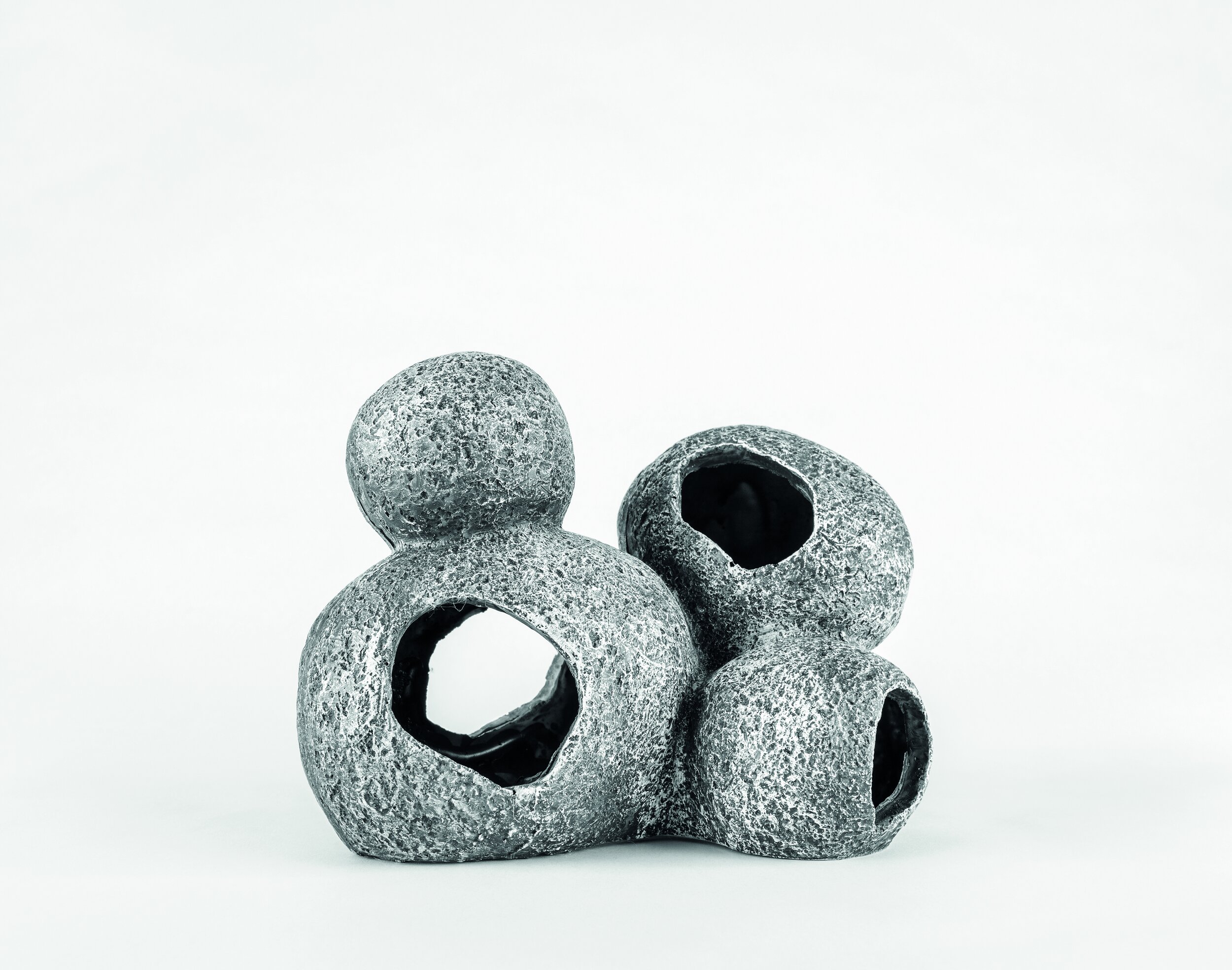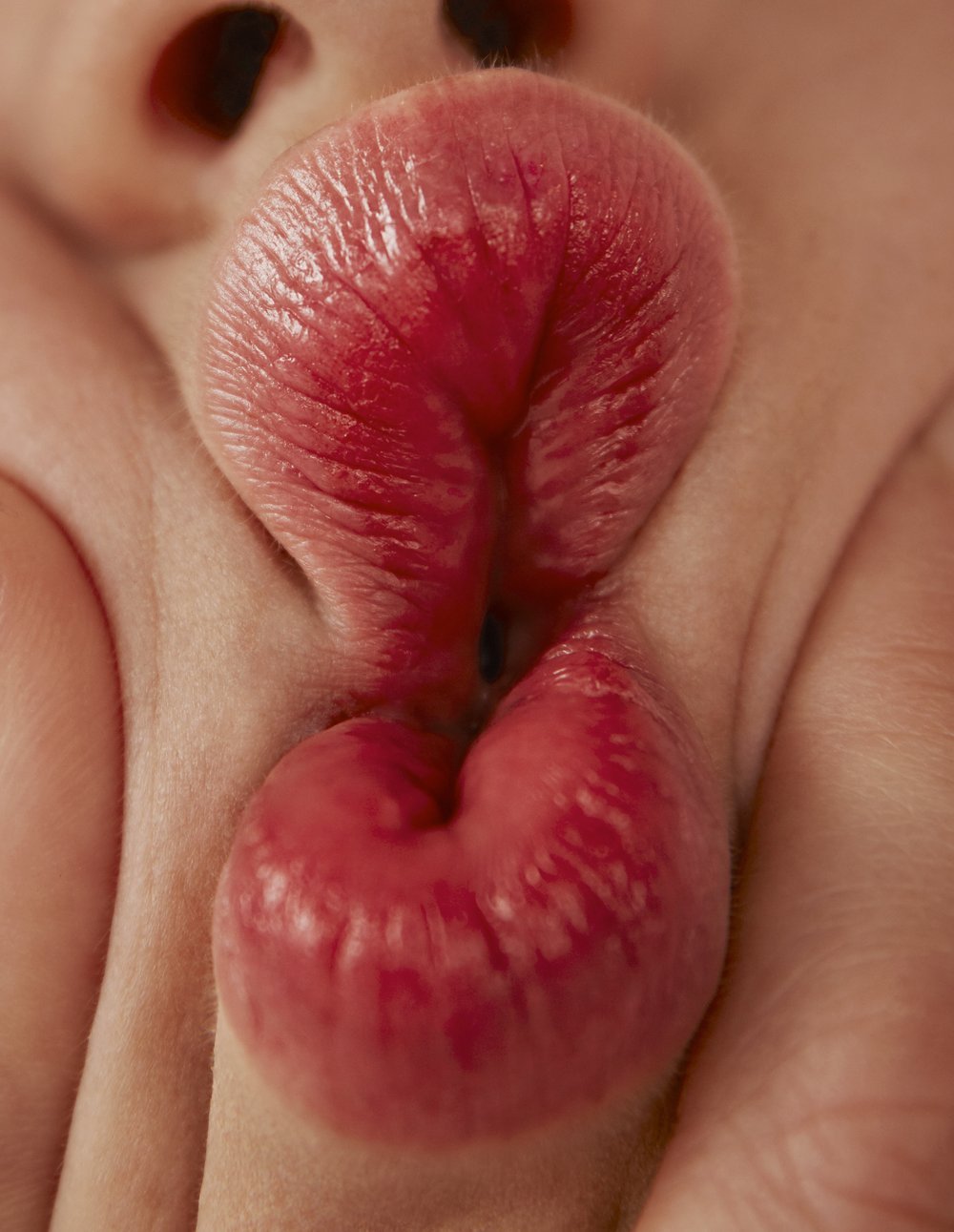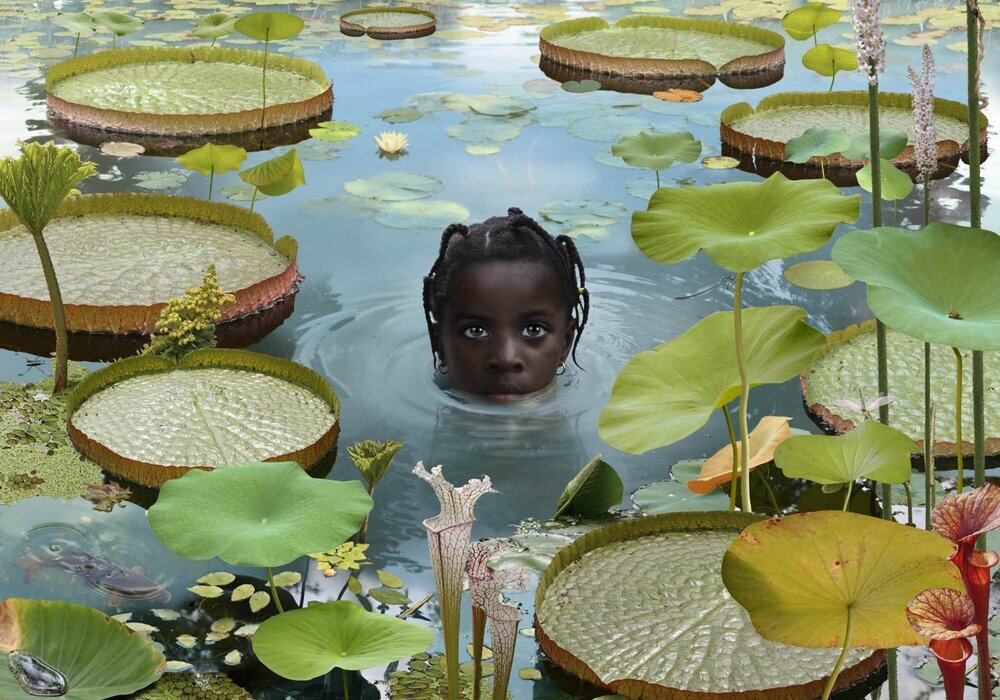
No longer not yet – Katja Mater & The FOMU Collection | FOMU – Fotomuseum Antwerpen
FOMU - Fotomuseum Antwerpen
28. Februar – 22. Februar 2026
No longer not yet – Katja Mater & The FOMU Collection
film still uit Their Own Sweet Time, met beelden van Alphonse Van Besten uit de FOMU-collectie, 2025 © Katja Mater / courtesy LambdaLambdaLambda
Auf Einladung des FOMU erkundet die bildende Künstlerin Katja Mater (NL, geb. 1979) die Sammlung des Museums und erstellt eine bemerkenswerte Auswahl zum Thema Zeit. Mater entwirft ungewöhnliche Rahmen für die Sammlungsstücke und schafft daraus Rauminstallationen.
Die Ausstellung „No Longer Not Yet“ ermöglicht es Ihnen, „Zeit“ auf vielfältige Weise zu erleben: von der Sonnenzeit und dem Rhythmus des Körpers bis hin zu Zeiten der Erinnerung und asynchroner, kosmischer oder sogar unsichtbarer Zeit.
Mater rahmt die Werke, ihre (anonymen) Schöpfer und die in den Fotografien dargestellten Themen mit Sorgfalt und Präzision ein. Mater weist auf Elemente hin, die oft übersehen oder vergessen werden, wie z. B. eine auf die Rückseite eines Fotos geschriebene Nachricht. Inzwischen schafft Mater auch neue Werke, die von Objekten aus der Sammlung des Museums inspiriert sind, darunter eines der Highlights der FOMU-Sammlung: das restaurierte Kaiserpanorama.
Speziell für das Kaiserpanorama erstellt Mater 50 neue Stereofotografien, die mit Sprache, Räumlichkeit und Wahrnehmung spielen. Das Kaiserpanorama ist ein stereoskopischer Betrachtungsschrank aus dem Jahr 1905, der einem Massenpublikum ein fotografisches 3D-Spektakel vorstellte. Bis zu 25 Personen können auf Hockern rund um den Betrachtungsschrank Platz nehmen, um die Magie dreidimensionaler Bilder zu erleben.
Das Kaiserpanorama wird jeden ersten Sonntag im Monat in Betrieb genommen.
Sammlungsausstellung mit Werken von: Viele anonyme Schöpfer und Alphonse Giroux et Cie., Alphonse Van Besten, Amelia Bergner, Antoine Hoorens, August Sander, Cassils, Charles Jean Swolfs, Dominique Somers, Frans Van de Poel, Geert Goiris, George Filleul, Guillaume Weber-Chapuis, Harold Eugene Edgerton, Henry Draper, Jaques Messin, Joseph-Maurice Bourot, Katja Mater, Laure Winants, Lebohang Kganye, Marie-Françoise Plissart, Nick Geboers, Paul Sano, Rik Selleslags, Suzy Embo, Underwood & Underwood und Warren De la Rue.
Über Katja Mater: Katja Mater ist eine bildende Künstlerin, Filmemacherin, Redakteurin und Lehrerin, die zwischen Amsterdam und Brüssel arbeitet. Maters künstlerische Praxis konzentriert sich auf die Grenzen optischer Medien und verbindet verschiedene Disziplinen wie Fotografie, Film, Zeichnung, Performance und Installation. Mater untersucht Aspekte, die oft jenseits der Grenzen des menschlichen Sehvermögens liegen, und bietet so eine andere Sicht auf die Welt, indem sie zeigt, wie Fotografie und Film beispielsweise Dinge anders einfangen als das menschliche Auge. Mater spielt mit den Begriffen Zeit, Raum und Wahrnehmung.
Zu ihren jüngsten Ausstellungen gehören „Circulate - Photography Beyond Frames“ im Stedelijk Museum Amsterdam (2024) und „When Things Fall Apart, Manifold Books, Amsterdam (2024)“. Neben ihrer Tätigkeit als bildende Künstlerin ist Katja Mater an verschiedenen Gemeinschaftsprojekten beteiligt. Seit 2014 ist sie Herausgeberin des Girls Like Us Magazine und eine der Gründerinnen von Mothers & Daughters, einer lesbischen* und trans* Bar.
Droits de regards, 1983, Collectie FOMU - Fotomuseum Antwerpen, 2021/66/9 © Marie Françoise Plissart
À l’invitation du FOMU, l’artiste Katja Mater (NL° 1979) a exploré la collection du musée dans laquelle elle a sélectionné une série spéciale d’œuvres sur le thème du « temps ». Mater crée des cadres idiosyncrasiques pour les pièces de la collection afin de les transformer en installations spatiales.
L’exposition No Longer Not Yet nous propose d’expérimenter le « temps » de différentes façons : du cycle solaire et du rythme de nos corps au temps du souvenir, au temps asynchrone, au temps cosmique et au temps invisible. On y voit des objets datant d’avant l’invention de la photographie et d’autres très actuels.
Avec soin et précision, Mater encadre les œuvres, leurs auteurs souvent anonymes et les sujets photographiés. Mater attire l’attention sur des détails qui passent souvent inaperçus ou qu’on oublie, tel qu’une inscription au dos d’une photo. Par ailleurs, Mater crée de nouvelles œuvres inspirées par des objets de la collection permanente, notamment le Kaiserpanorama, un chef-d’œuvre de la collection FOMU.
Spécialement pour le Kaiserpanorama, Mater a réalisé 50 nouvelles photos stéréoscopiques qui jouent avec le langage, l’espace et la perception. Le Kaiserpanorama est un carrousel de visionnage stéréoscopique fabriqué en 1905 permettant à un public de masse d’assister à un spectacle photographique en 3D. Pas moins de 25 personnes peuvent prendre place simultanément sur des tabourets disposés autour de cette structure pour découvrir la magie des images en trois dimensions.
Le premier dimanche de chaque mois, le Kaiserpanorama est mis en mouvement
Exposition de la collection avec des œuvres de: De nombreux créateurs anonymes et Alphonse Giroux et Cie., Alphonse Van Besten, Amelia Bergner, Antoine Hoorens, August Sander, Cassils, Charles Jean Swolfs, Dominique Somers, Frans Van de Poel, Geert Goiris, George Filleul, Guillaume Weber-Chapuis, Harold Eugene Edgerton, Henry Draper, Jaques Messin, Joseph-Maurice Bourot, Katja Mater, Laure Winants, Lebohang Kganye, Marie-Françoise Plissart, Nick Geboers, Paul Sano, Rik Selleslags, Suzy Embo, Underwood & Underwood en Warren De la Rue.
À propos de Katja Mater: L’artiste, cinéaste, rédactrice et enseignante Katja Mater vit et travaille entre Amsterdam et Bruxelles. Combinant différentes disciplines telles que la photographie, le cinéma, le dessin, les performances et les installations, la pratique artistique de Mater s’intéresse aux limites des médias optiques. L’artiste étudie des aspects qui se trouvent souvent en dehors de notre champ de vision, proposant ainsi un autre regard sur le monde en montrant par exemple comment la photographie et le film captent les choses autrement que l’œil humain. Mater joue avec les concepts de temps, d’espace et de perception
Parmi ses expositions récentes, citons Circulate – Photography Beyond Frames au Stedelijk Museum Amsterdam (2024) et When Things Fall Apart, Manifold Books, Amsterdam (2024).
Au-delà de sa pratique artistique en solo, Katja Mater est impliquée dans différents projets collaboratifs, est rédactrice de Girls Like Us Magazine depuis 2014 et cofondatrice du bar lesbien* et trans* Mothers & Daughters.
Bullet breaching three balloons, 1959, Collectie FOMU - Fotomuseum Antwerpen,P/1978/52/1 © Harold Eugene Edgerton
Su invito del FOMU, l'artista visiva Katja Mater (NL, nata nel 1979) esplora la collezione del museo e crea una straordinaria selezione intorno al tema del tempo. Mater progetta strutture insolite per gli oggetti della collezione e crea installazioni spaziali con essi.
La mostra No Longer Not Yet permette di sperimentare il “tempo” in vari modi: dal tempo solare e dal ritmo del corpo ai tempi del ricordo e al tempo asincrono, cosmico o addirittura invisibile.
Mater inquadra con cura e precisione le opere, i loro autori (anonimi) e i soggetti ritratti nelle fotografie. Mater sottolinea elementi spesso trascurati o dimenticati, come un messaggio scritto sul retro di una fotografia. Nel frattempo Mater crea anche nuove opere ispirate agli oggetti della collezione del museo, tra cui uno dei pezzi forti della collezione FOMU: il Kaiserpanorama restaurato.
In particolare, per il Kaiserpanorama Mater crea 50 nuove fotografie stereo che giocano con il linguaggio, la spazialità e la percezione. Il Kaiserpanorama è una cabina stereoscopica del 1905 che ha introdotto il pubblico di massa allo spettacolo fotografico in 3D. Fino a 25 persone possono sedersi su sgabelli intorno alla vetrina per sperimentare la magia delle immagini tridimensionali.
Il Kaiserpanorama è in funzione ogni prima domenica del mese.
Mostra della collezione con opere di: Molti creatori anonimi e Alphonse Giroux et Cie, Alphonse Van Besten, Amelia Bergner, Antoine Hoorens, August Sander, Cassils, Charles Jean Swolfs, Dominique Somers, Frans Van de Poel, Geert Goiris, George Filleul, Guillaume Weber-Chapuis, Harold Eugene Edgerton, Henry Draper, Jaques Messin, Joseph-Maurice Bourot, Katja Mater, Laure Winants, Lebohang Kganye, Marie-Françoise Plissart, Nick Geboers, Paul Sano, Rik Selleslags, Suzy Embo, Underwood & Underwood en Warren De la Rue.
Informazioni su Katja Mater: Katja Mater è un'artista visiva, regista, editrice e insegnante che lavora tra Amsterdam e Bruxelles. La pratica artistica di Mater si concentra sui confini dei media ottici e combina varie discipline come fotografia, film, disegno, performance e installazione. Mater indaga aspetti che spesso sono al di là dei limiti della vista umana, offrendo così un'altra visione del mondo, mostrando come la fotografia e il cinema, ad esempio, catturino le cose in modo diverso dall'occhio umano. Mater gioca sulle nozioni di tempo, spazio e percezione.
Tra le mostre recenti si ricordano Circulate - Photography Beyond Frames allo Stedelijk Museum di Amsterdam (2024) e When Things Fall Apart, Manifold Books, Amsterdam (2024); oltre alla pratica personale come artista visiva, Katja Mater è coinvolta in vari progetti di collaborazione, è redattrice della rivista Girls Like Us dal 2014 e una delle fondatrici di Mothers & Daughters, un bar lesbico* e trans*.
Anoniem, Kat, liggend op een deken, ca. 1865, Collectie FOMU - Fotomuseum Antwerpen, 2022/88
Upon FOMU’s invitation, visual artist Katja Mater (NL, b. 1979) explores the museum’s collection and creates a remarkable selection around the theme of time. Mater designs unusual frameworks for the collection items and creates spatial installations with them.
The exhibition No Longer Not Yet allows you to experience ‘time’ in a variety of ways: from solar time and the rhythm of the body to times of remembrance and asynchronous, cosmic, or even invisible time.
Mater frames the works, their (anonymous) makers, and the subjects depicted in the photographs with care and precision. Mater points to elements that are often overlooked or forgotten, such as a message written on the back of a photograph. Meanwhile Mater also creates new works inspired by objects from the museum’s collection, including one of the FOMU collection’s highlights: the restored Kaiserpanorama.
Specifically, for the Kaiserpanorama Mater creates 50 new stereo photographs that play with language, spatiality and perception. The Kaiserpanorama is a stereoscopic viewing cabinet from 1905 that introduced mass audiences to a photographic 3D spectacle. Up to 25 persons can take a seat on stools around the viewing cabinet to experience the magic of three-dimensional images.
The Kaiserpanorama is set in motion every first Sunday of the month.
Collection exhibition with works by: Many anonymous creators and Alphonse Giroux et Cie., Alphonse Van Besten, Amelia Bergner, Antoine Hoorens, August Sander, Cassils, Charles Jean Swolfs, Dominique Somers, Frans Van de Poel, Geert Goiris, George Filleul, Guillaume Weber-Chapuis, Harold Eugene Edgerton, Henry Draper, Jaques Messin, Joseph-Maurice Bourot, Katja Mater, Laure Winants, Lebohang Kganye, Marie-Françoise Plissart, Nick Geboers, Paul Sano, Rik Selleslags, Suzy Embo, Underwood & Underwood en Warren De la Rue.
About Katja Mater: Katja Mater is a visual artist, filmmaker, editor and teacher working between Amsterdam and Brussels. Mater’s artistic practice is focused on the boundaries of optical media and combines various disciplines such as photography, film, drawing, performance and installation. Mater investigates aspects that are often beyond the limits of human eyesight, thus offering another view of the world by showing how photography and film, for example, capture things differently from the human eye. Mater plays on notions of time, space and perception.
Recent exhibitions include Circulate - Photography Beyond Frames at the Stedelijk Museum Amsterdam (2024) and When Things Fall Apart, Manifold Books, Amsterdam (2024); in addition to a solo practice as visual artist, Katja Mater is involved in various collaborative projects, Mater is editor of Girls Like Us Magazine since 2014, and one of the founders of Mothers & Daughters, a lesbian* and trans* bar.
(Text: FOMU – Fotomuseum Antwerpen)

























